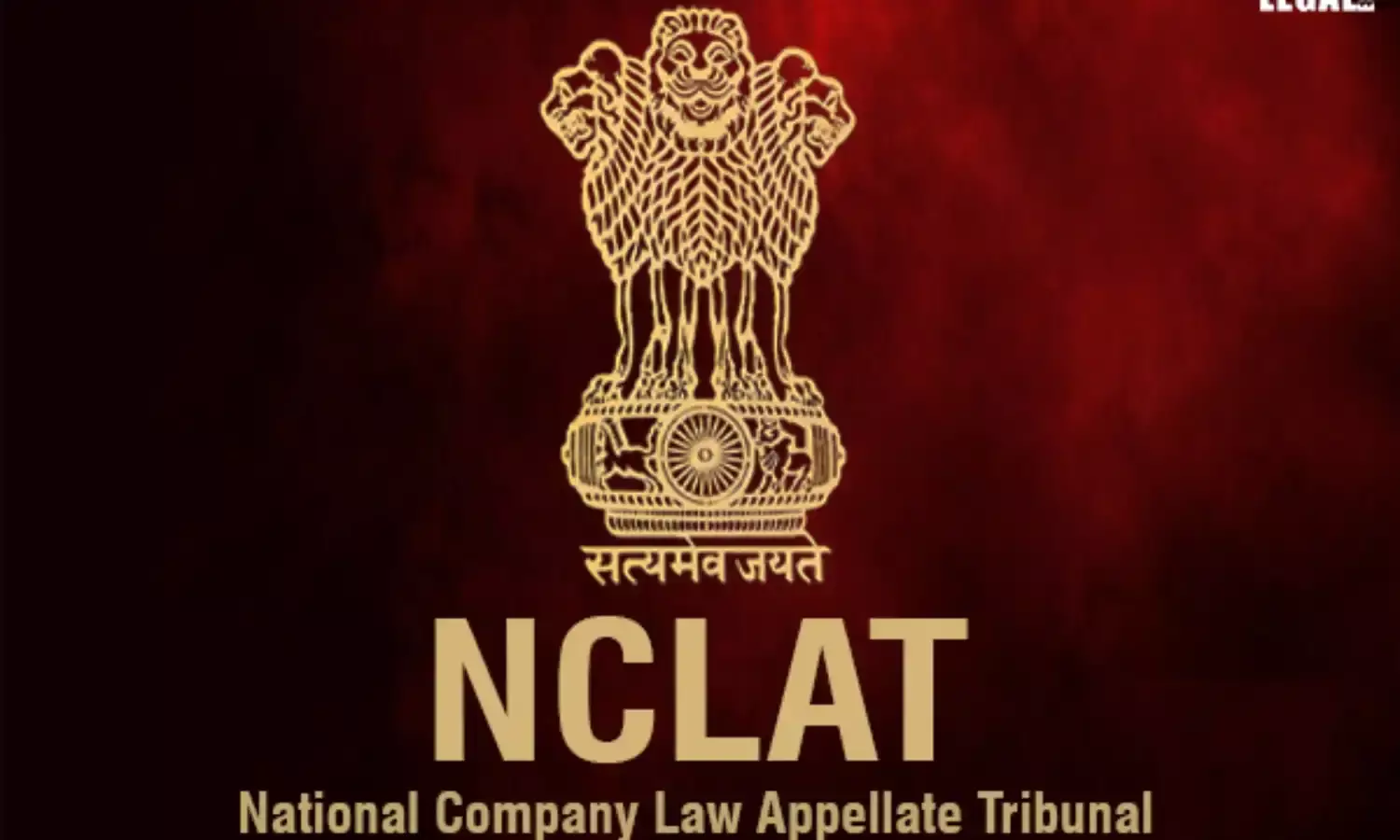NCLAT: Obligatory to have at least 100 allottees file petition under Section 7 of IBC; subsequent settlement irrelevant
The judges cited the decision of the Supreme Court in a previous case;

NCLAT: Obligatory to have at least 100 allottees file petition under Section 7 of IBC; subsequent settlement irrelevant
The judges cited the decision of the Supreme Court in a previous case
The Principal Bench of the National Company Law Appellate Tribunal (NCLAT) has held that the requirement of a minimum of 100 allottees to file a petition under Section 7 of the Insolvency and Bankruptcy Code (IBC), 2016, must be met on the date of filing the petition.
The bench comprising Justice Ashok Bhushan (Chairperson) and Barun Mitra (Technical Member) added that if any allottee enters settlement with the corporate debtor post-filing of the petition, he would not be excluded from the 100 allottees count.
On 21 August 2008, via a lease deed, Anand Infoedge Pvt. Ltd (AIPL) was allotted land measuring 100,980 sq. mts. situated at Sector 143, Noida, by the New Okhla Industrial Development Authority (NOIDA).
On taking possession, AIPL entered a collaboration agreement with Mist Avenue Pvt. Ltd (MAPL) for the development of the real estate project Festival City. The respondents-allottees entered a builder-buyer agreement with MAPL and were allotted units in the project.
In 2017, the first collaboration agreement was terminated, and a second agreement was executed between AIPL and Mist Direct Sales Private Limited (MDSPL) for project development.
However, despite the two collaborations, the project was not completed within the stipulated timeline.
In 2021, an individual, Nitin Batra, and about 142 allottees (financial creditors) filed an application under Section 7 of the IBC seeking ‘joint’ initiation of the Corporate Insolvency Resolution Process (CIRP) against AIPL, MAPL, and MDSPL.
On 21 October 2022, the National Company Law Tribunal (NCLT) directed the application to be listed for hearing on 10 November 2022. However, AIPL, MACL, and MDSPL (corporate debtors) collectively filed an appeal before the NCLAT against the order.
Meanwhile, on 28 December 2019, Section 7(1) of the IBC had been amended and two provisos were inserted. The second proviso provided that an application for initiating the CIRP against the corporate debtor had to be filed jointly by not less than 100 allottees under the same real estate project or not less than 10 percent of the total number of allottees.
The corporate debtors argued that the NCLT did not possess jurisdiction to consolidate the CIRP of three different companies at the stage of admission of the Section 7 petition. The requirement under the second proviso that the petition must be filed by at least 100 allottees, was also not fulfilled. Initially, the petition was filed by 143 allottees. Thus, the claims of 18 applicants were barred by limitation. While under Section 10A, claims of eight allottees were settled, claims of three allottees were premature. Therefore, the number of applicants was below 100.
The tribunal held that the threshold of a minimum of 100 applicants was to be met on the date of filing the petition. The subsequent settlement entered between the allottees and the corporate debtors would not exclude from the count of 100 applicants.
The bench relied on the judgment of the Supreme Court in the Manish Kumar vs. Union of India & Anr., 2021 SCC OnLine SC 30 case.
It held, “It has been answered that the requirement of threshold under the proviso in Section 7(1) must be fulfilled as on the date of filing the application. The fact that eight allottees settled the matter is thus inconsequential and they cannot be excluded in the counting of 100 allottees required to fulfill as a threshold.”
Thus, while upholding the order and dismissing the appeal, the NCLAT stated that each individual allottee need not meet the minimum threshold of Rs.1 crore default or limitation requirement. A petition under Section 7 of IBC for joint CIRP of separate corporate entities involved in a common real estate project was maintainable.

